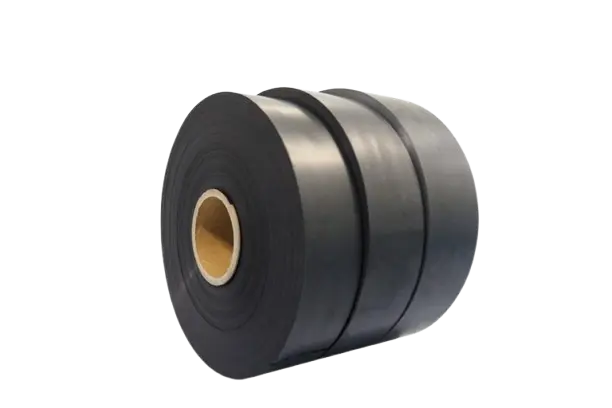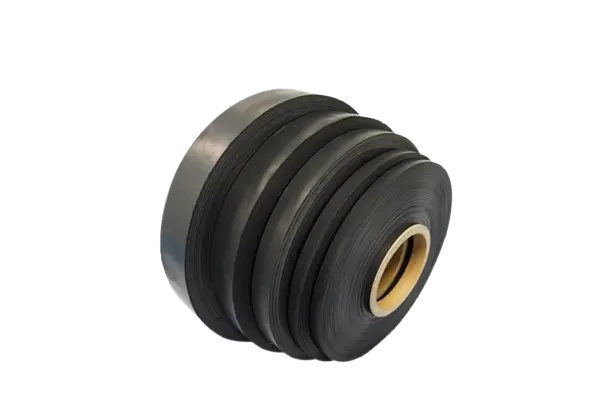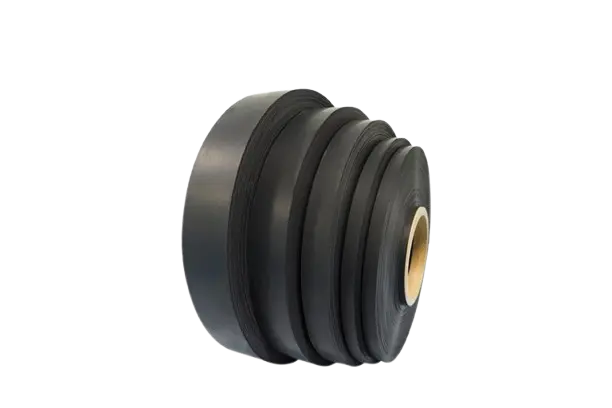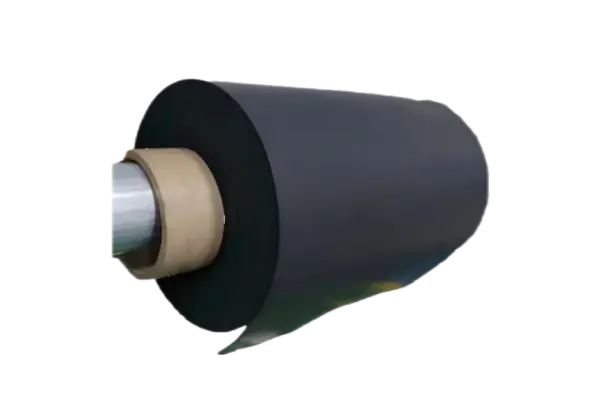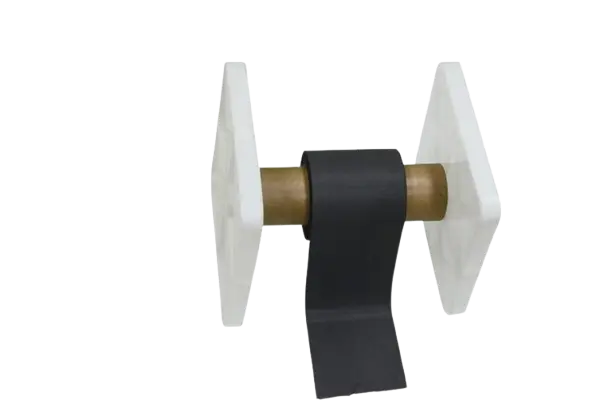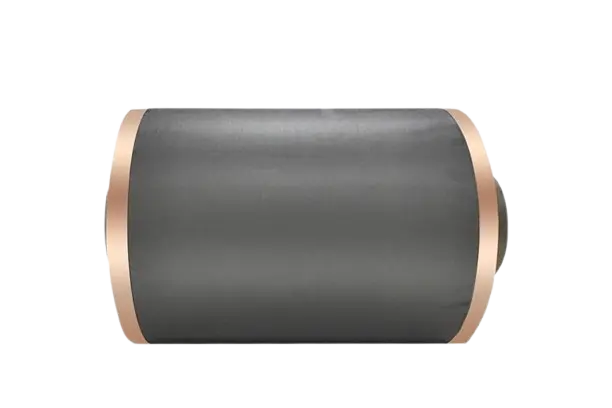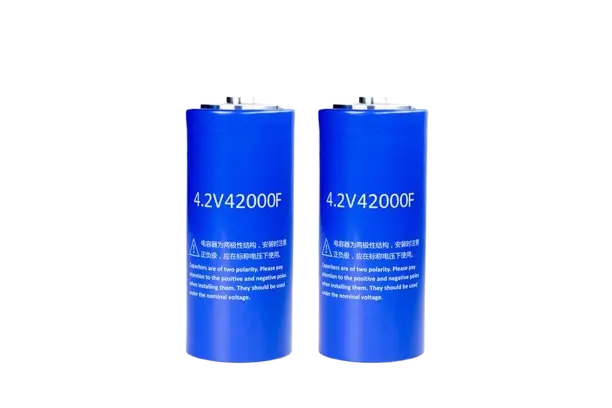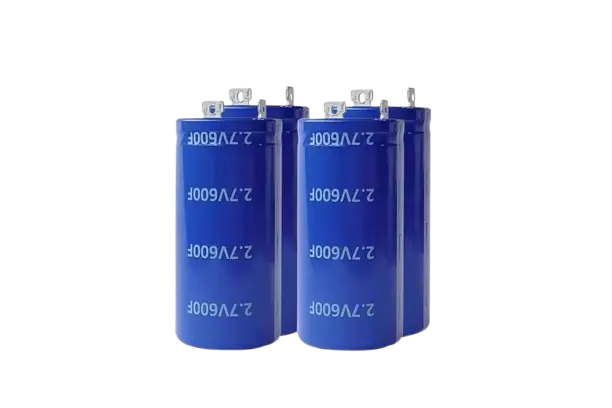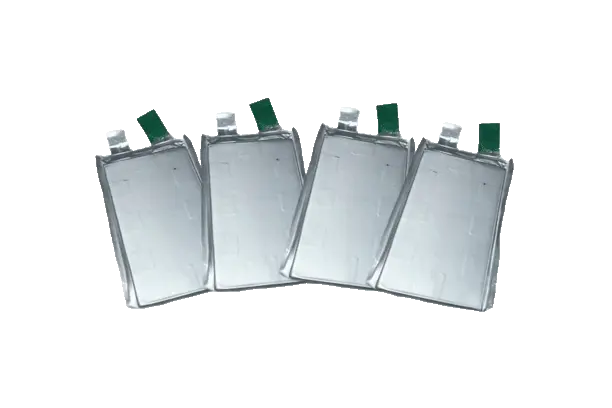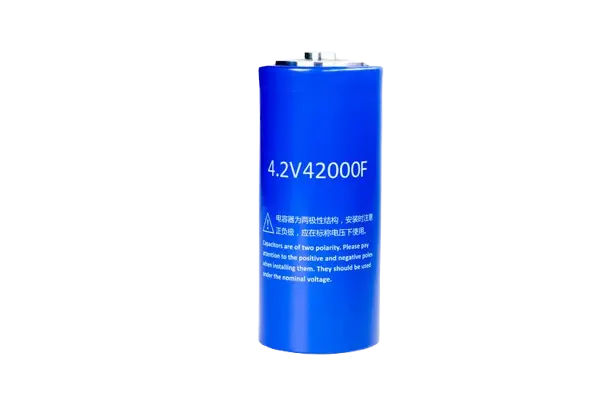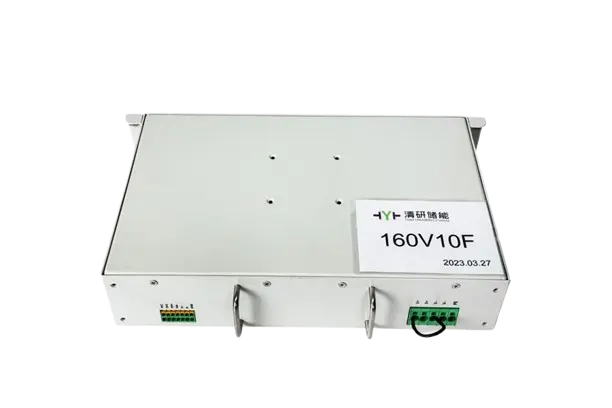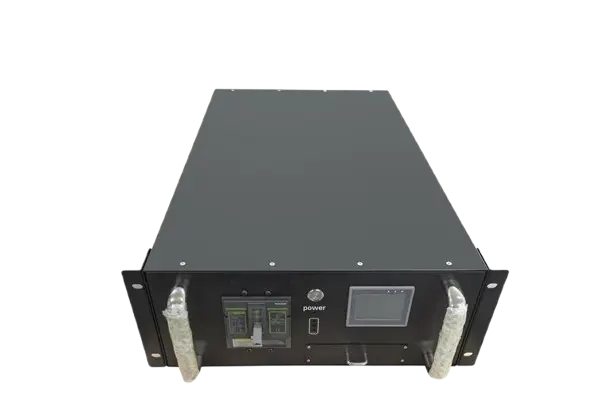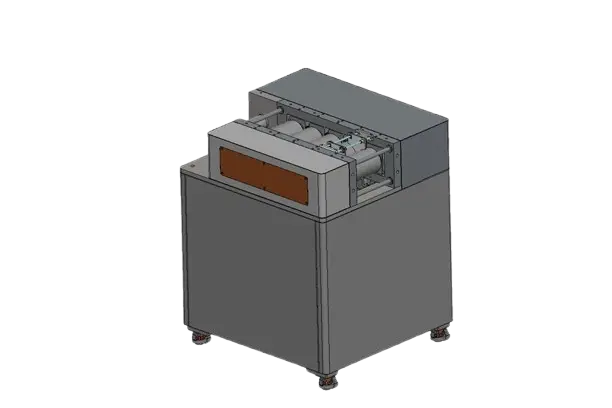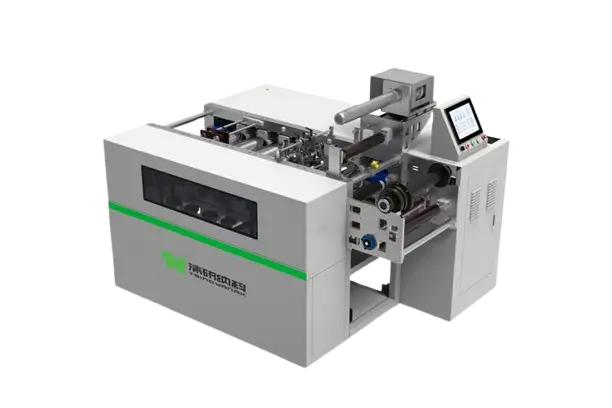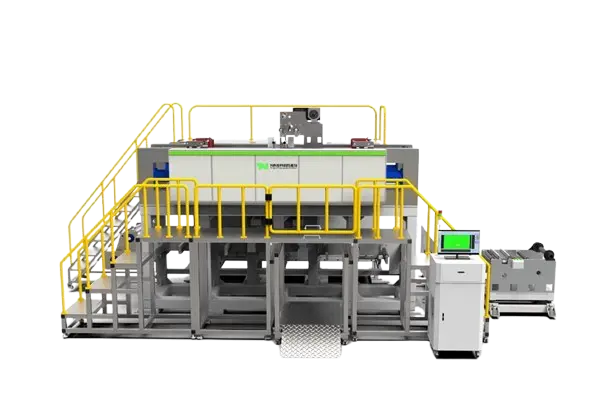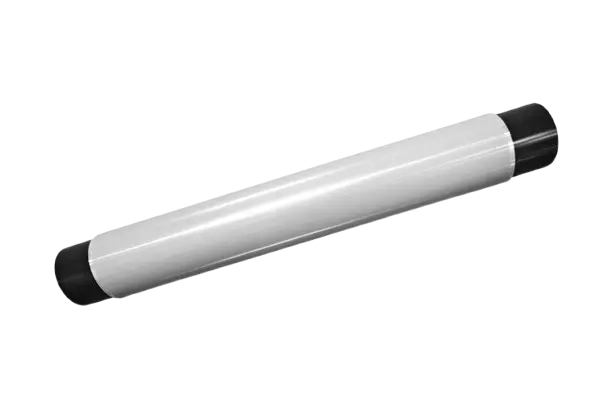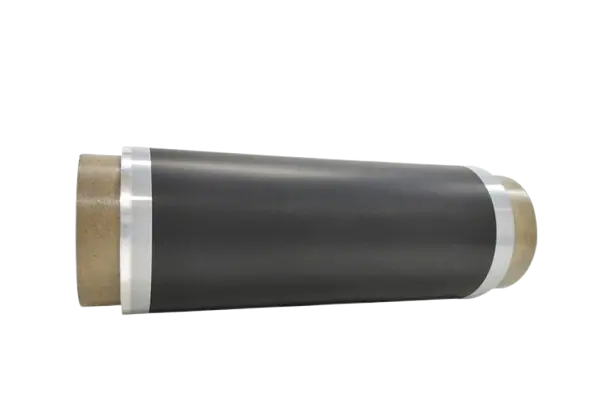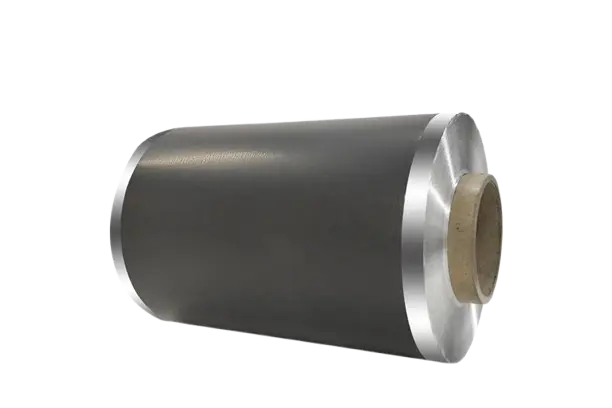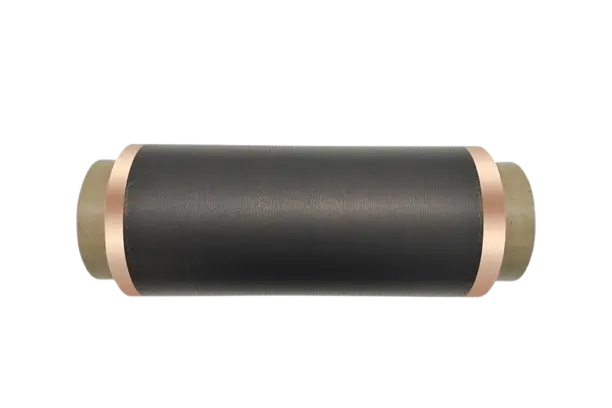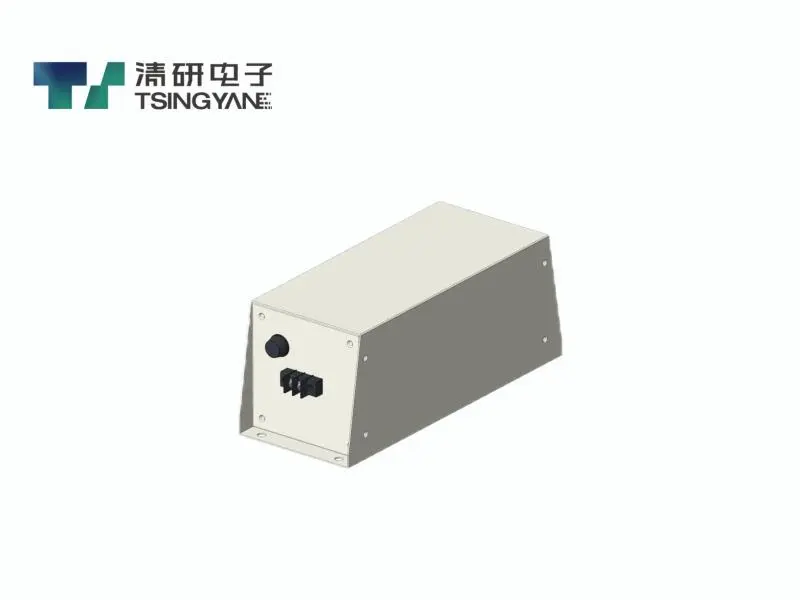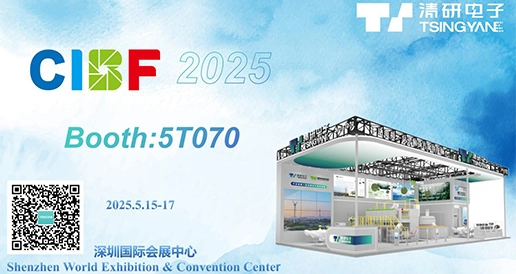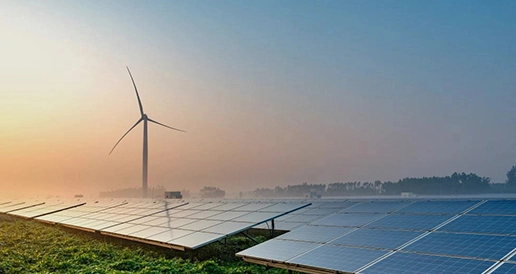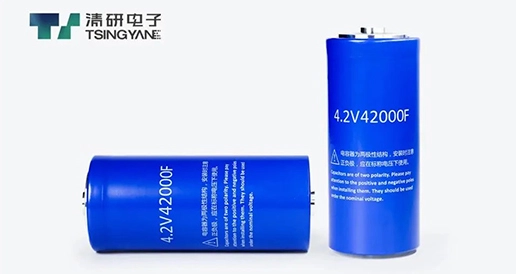What are the benefits of supercapacitor modules compared to batteries?
Supercapacitors provide superior power density, extended durability, and longer cycle life, require minimal upkeep, operate safely, and function effectively across a broad temperature range. These attributes contribute to a lower overall cost of ownership for applications needing high power or brief operational durations.
How do supercapacitor modules compare to flywheels in terms of advantages?
Both supercapacitors and flywheels excel in high-power, short-duration applications, but supercapacitors offer greater reliability, improved energy efficiency, and no need for replaceable components, reducing maintenance expenses. Combined with lower initial costs, supercapacitors result in a significantly reduced total cost of ownership.
How is energy stored in supercapacitor cells?
Supercapacitors utilize highly porous carbon-based electrodes to store electric charge electrostatically on their surfaces. These electrodes, with surface areas reaching up to 3000 m²/g, enable supercapacitors to achieve exceptionally high capacitance.
How can I determine the number of supercapacitor modules required for my application?
To calculate the required number of modules, you need to know:
The constant current or power demand
The duration of the required current or power
The acceptable voltage range (maximum, operating/float, and minimum voltage)
First, determine the number of supercapacitors needed in series to meet the voltage range. Then, calculate the number of parallel strings based on the energy needed to support the load.
What is the lifespan of supercapacitors?
The lifespan of supercapacitors, typically measured in years, depends primarily on voltage and temperature. Higher voltages and temperatures reduce longevity. In backup power scenarios, derating the float voltage by 10-15% and maintaining a 25°C ambient temperature can yield lifespans of up to 20 years. Cycle life is another metric, with supercapacitors capable of millions of charge/discharge cycles.
What are the environmental impacts of supercapacitors?
Supercapacitors are constructed from lightweight, RoHS-compliant materials that are commercially available. They contain no conflict minerals and present no significant recycling challenges. Consult the application guidelines note for additional details.
How energy-efficient are supercapacitors?
Energy efficiency is assessed in two ways. First, leakage current or self-discharge during float charging varies by product and balancing method—refer to specific data sheets for details. Second, round-trip efficiency during cycling typically exceeds 98%.
Can supercapacitors be combined with batteries?
Yes, combining supercapacitors with batteries to form a hybrid energy storage system (HESS) optimizes energy density, power density, and system longevity, reducing total ownership costs. Applications use either a passive setup, with the two technologies connected in parallel, or an active setup with a multi-input Power Conditioning System (PCS).
What distinguishes capacitors from supercapacitors?
Both capacitors and supercapacitors store charge electrostatically, but their materials differ. Traditional capacitors use flat plates, where larger surface areas increase capacitance but result in larger sizes. Supercapacitors employ materials with significantly higher surface areas, enabling greater charge storage and higher capacitance in a compact form.

 English
English 日本語
日本語 한국어
한국어 français
français Deutsch
Deutsch Español
Español italiano
italiano русский
русский português
português العربية
العربية tiếng việt
tiếng việt